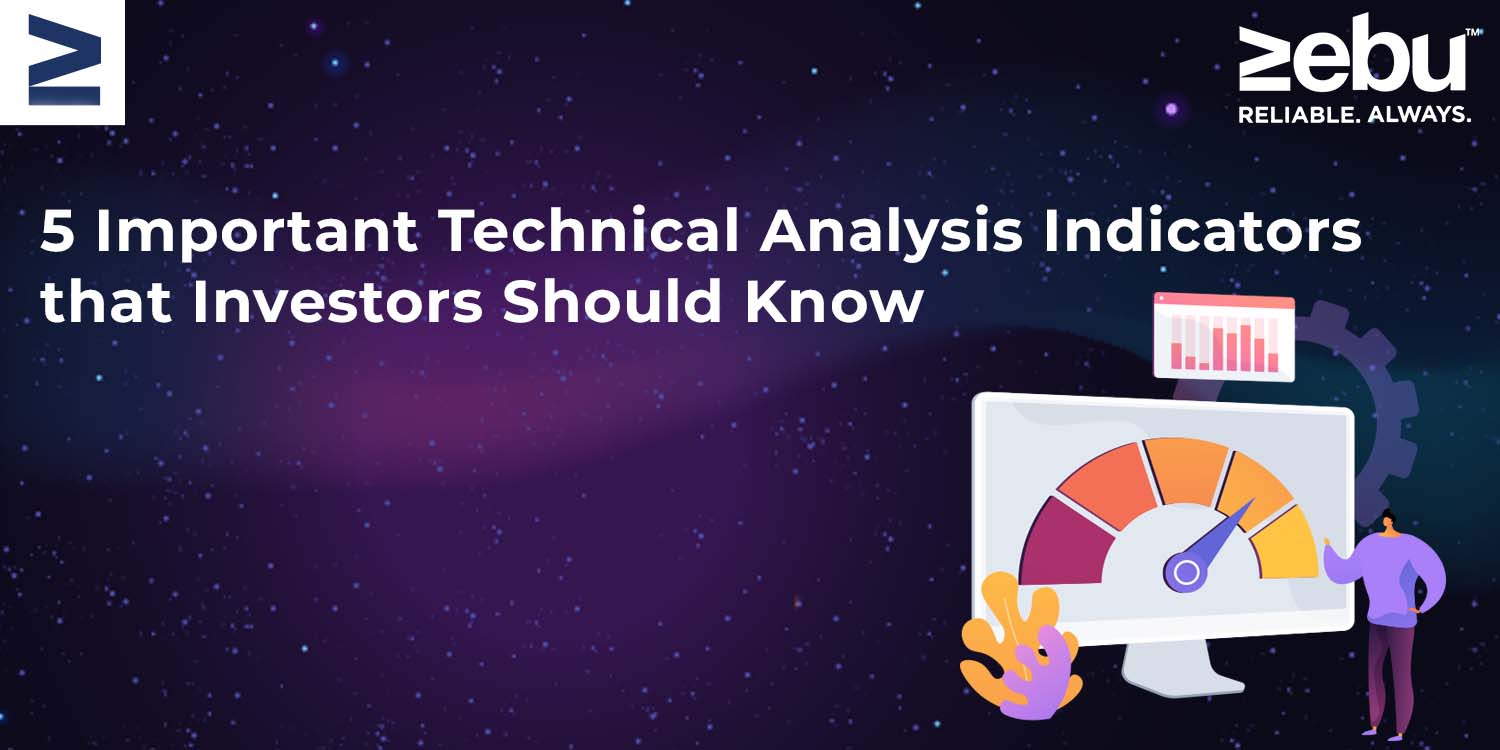
Large Cap vs Mid Cap vs Small Cap: Key Differences That Actually Matter
Technical analysis is useful in a variety of situations. It can be used to trade stocks, futures, and commodities, as well as fixed-income securities, FX, and other financial instruments. Technical analysis is the art and science of predicting future prices based on the analysis of historical price movements. Using historical market data, mass investor psychology is examined. The data set comprises information about the price, the date, and the volume. A price chart provides the most useful information for reading a historical description of a security’s price movement over time. Charts are significantly more readable than a table of numbers. Volume bars are shown at the bottom of most stock charts. It is simple to recognise market reactions before and after major events, past and present volatility, historical volume or trade levels, and relative strength of the company vs the index using this historical image. Before we get into the importance of technical analysis indicators, you need to have the right technologies. At Zebu, one of the fastest-growing brokerage firms in the country, we have created the best Indian trading platform with the lowest brokerage for intraday trading. If you would like to simplify your option trading and investment game, we are here to help you out. The following are five indicators that every investor should be aware of: 1) The Relative Strength Index (RSI) The RSI is a momentum oscillator that measures the amount and pace of directional price changes. RSI calculates the momentum of a stock with the rate at which a price rises or falls. The RSI calculates momentum by dividing the number of higher closes by the number of lower closures. The RSI of stocks that have experienced more or stronger positive movements is greater than the RSI of equities that have experienced more or stronger negative changes. The indicator has a 70-point top line, a 30-point lower line, and a 50-point dashed mid-line. When a price rises rapidly, it is called overbought at some time (When the RSI crosses 70). Similarly, when the price falls swiftly, it is termed oversold at some point (when the RSI passes 30). The RSI level is a gauge of the stock’s recent trading strength. The slope of the RSI is proportionate to the rate at which a trend changes. The RSI’s move is directly proportional to the degree of the movement. 2) Moving averages In technical analysis, moving averages are one of the oldest and most useful technical indicators. When used in conjunction with other oscillators such as MACD and RSI, moving indicates a trend in a “smoothed” manner and can provide trustworthy signals. The three types of moving averages are simple moving average (SMA), exponential moving average (EMA), and weighted moving average (WMA). Moving averages for stocks are commonly used for 10 days, 21 days, 50 days, 100 days, and 200 days. The simple moving average is the most widely used moving average (SMA). Single SMAs can be utilised to spot a trend, but we found that using a dual or triple moving average is more effective. 3) Stochastic Oscillator The Stochastic Oscillator is a momentum indicator that depicts the current close’s position in relation to the high and low ranges across a set of periods. Closing levels that are constantly near the top of the range suggest accumulation (buying pressure), while those that are consistently towards the bottom of the range indicate distribution (selling pressure). The premise behind this indicator is that prices tend to close near their highs in an upward-trending market and near their lows in a downward-trending market. 4. Bollinger Band John Bollinger developed Bollinger Bands as a technical trading technique in the early 1980s. Bollinger Bands are used to define high and low points relative to each other. Prices are high in the top band and low in the lower band by definition. This definition can help with pattern recognition and can be used to compare price action to indication behaviour. Bollinger Bands are a series of three curves that are drawn in connection to stock prices. The middle band, which is usually a simple moving average that acts as the base for the higher and lower bands, is a gauge of the intermediate-term trend. Volatility, which is often the standard deviation of the same data used for the average, determines the gap between the upper and lower bands and the central band. You can change the default parameters, which are 20 periods and two standard deviations, to fit your needs. 5) Parabolic SAR (Parabolic Stop and Reverse) SAR, or stop-and-reversal, is a technical analysis strategy that uses a trailing stop and reverse method to discover appropriate exit and entry locations. J. Wells Wilder came up with this strategy. Basically, one should sell if the stock is trading below the parabolic SAR (PSAR). If the stock price is higher than the SAR, it is a good time to buy (or stay long). As we mentioned before, investing or trading you need the right tools. We at Zebu offer the best Indian trading platform and the lowest brokerage for intraday trading. As one of the best brokerage firms in the country, we have created a powerful trading platform that makes investing easy for you. To know more about its features, please get in touch with us now.
Leave a Reply